Creating an Inclusive Learning Culture Through Trust, Feedback Cycles, and Positive Self-Talk
Key Points
-
Fostering a growth mindset has become a powerful force, reaching beyond simple engagement and paving the way for lifelong learning driven by personal agency.
-
Nurturing a true growth mindset culture demands more than just awareness; it necessitates establishing a safe and inclusive learning space that embraces the diversity of learners and their experiences.
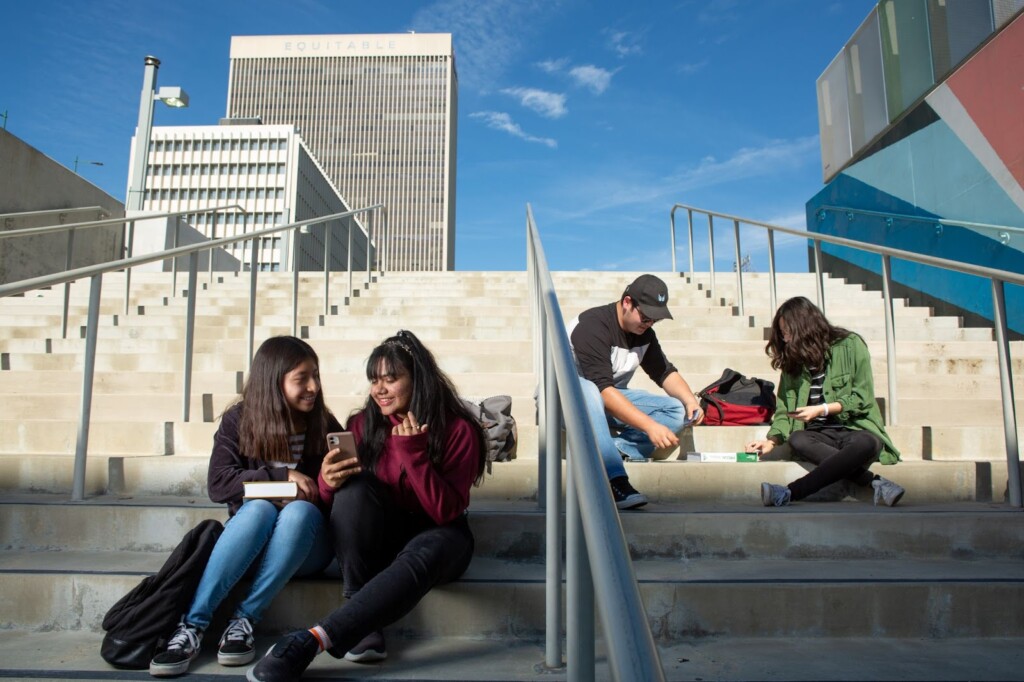
Fostering a growth mindset has become a powerful force, reaching beyond simple engagement and paving the way for lifelong learning driven by personal agency. Nurturing a true growth mindset culture demands more than just awareness; it necessitates establishing a safe and inclusive learning space that embraces the diversity of learners and their experiences.
This culture can then set the conditions for learners to understand that stress can be reframed as part of the learning process, an opportunity for growth, and a chance to push one’s boundaries. Embracing a growth mindset in the face of stress empowers individuals to approach challenges (and new learning) with resilience and adaptability, leading to enhanced learning outcomes and improved performance.
Equipping learners with a solid understanding of learning science empowers them to appreciate the importance of conditions, context, and thriving in their educational journey. Thoughtful feedback practices further enrich this transformative culture. By embracing these fundamental concepts, both educators and parents embark on a journey of transformation, redefining their view of productive struggle and embracing fresh learning experiences.
However, the real impact of growth mindset work comes to life when it seamlessly integrates into daily life, supported by systemic approaches that align with this vision. To genuinely cultivate a growth mindset culture, educators must avoid underestimating their learners’ potential and courageously address the harmful impact of systemic racial inequities in education. This unwavering belief in the capacity of historically underrepresented students to engage with challenging content is a cornerstone of fostering inclusivity.
Educators create a learning environment that empowers every student, regardless of their background by recognizing and confronting these inequities head-on. This means breaking down barriers, providing targeted support, and nurturing a truly inclusive atmosphere that amplifies the voices of underrepresented students. By applying the strategies and tools provided below, learners gain a sense of empowerment in their learning journey and their ability to shape their own growth.
Implementation Progressions around a Growth Mindset Learning Culture:
- Fostering a Safe & Supportive Learning Environment
- Decoding How We Learn And the Power of Mindsets
- Embracing Feedback And Harnessing Self-Talk
Educators optimize their professional learning best when they are part of the co-designing and refinement and provide deliberate feedback. These progressions can also be integrated as educator competencies or included in a comprehensive Portrait of an Educator. For more details on these stages and their origin, we invite you to explore these articles Five Steps to Embed Growth Mindset Practices and Growth Mindset is More than a Bulletin Board.
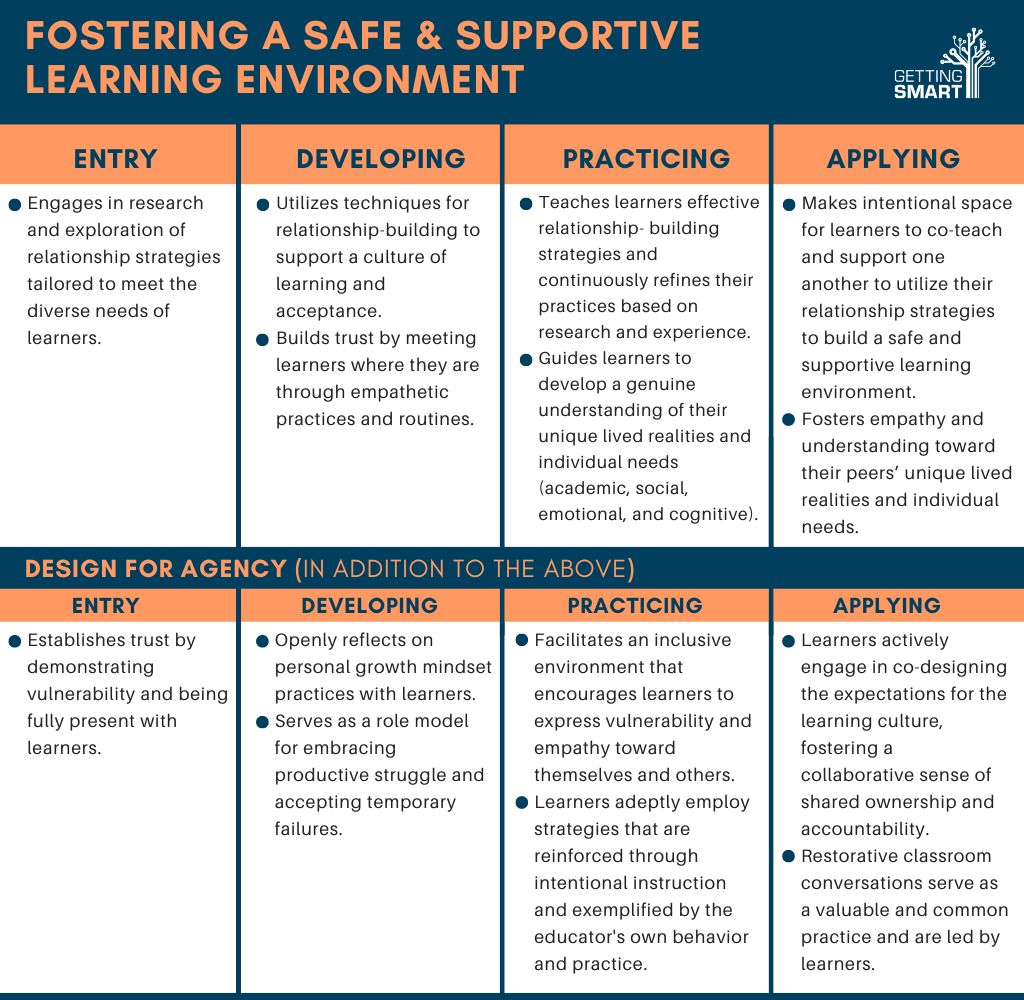
SAFE & SUPPORTIVE LEARNING ENVIRONMENT PRACTICES
- Value and Acknowledge Learners: Prioritize recognizing and appreciating learners’ value when designing learning experiences. When learners feel valued and heard, it cultivates an environment that fosters recognition and enhances their readiness to learn. Validating and affirming their contributions is essential, as it acknowledges their unique perspectives and actively encourages their involvement in the learning process. Stephanie Malia Krause shares free resources from her latest book, Whole Child, Whole Life, 10 Ways to Help Kids Live, Learn, & Thrive. Tips for building connections and competencies.
- Building Trust and a Safe Place: Establish an environment of trust by prioritizing relationship building. Begin by focusing on building relational trust through activities such as “Building Relational Trust” from Liberatory Design Implementation Cards, which feature design mindsets used at the Stanford d.school. NEA shared a recorded webinar titled “Building Trust in Indigenous Communities” and MDRC and The Education Trust have a helpful brief on “The Importance of Strong Relationships.” Design learning spaces for learners to take risks, ask questions, and freely share their thoughts, fostering an atmosphere where learning can flourish.
- Cultivate Respect and Prioritize Learner Ideas: Create a learning environment that values and respects learner ideas. When learners feel that their thoughts and perspectives are respected and valued, they are more likely to share and express themselves without fear of judgment. This inclusive approach fosters psychological safety, enabling learners to engage in discussions and express their creativity confidently and without negative consequences.
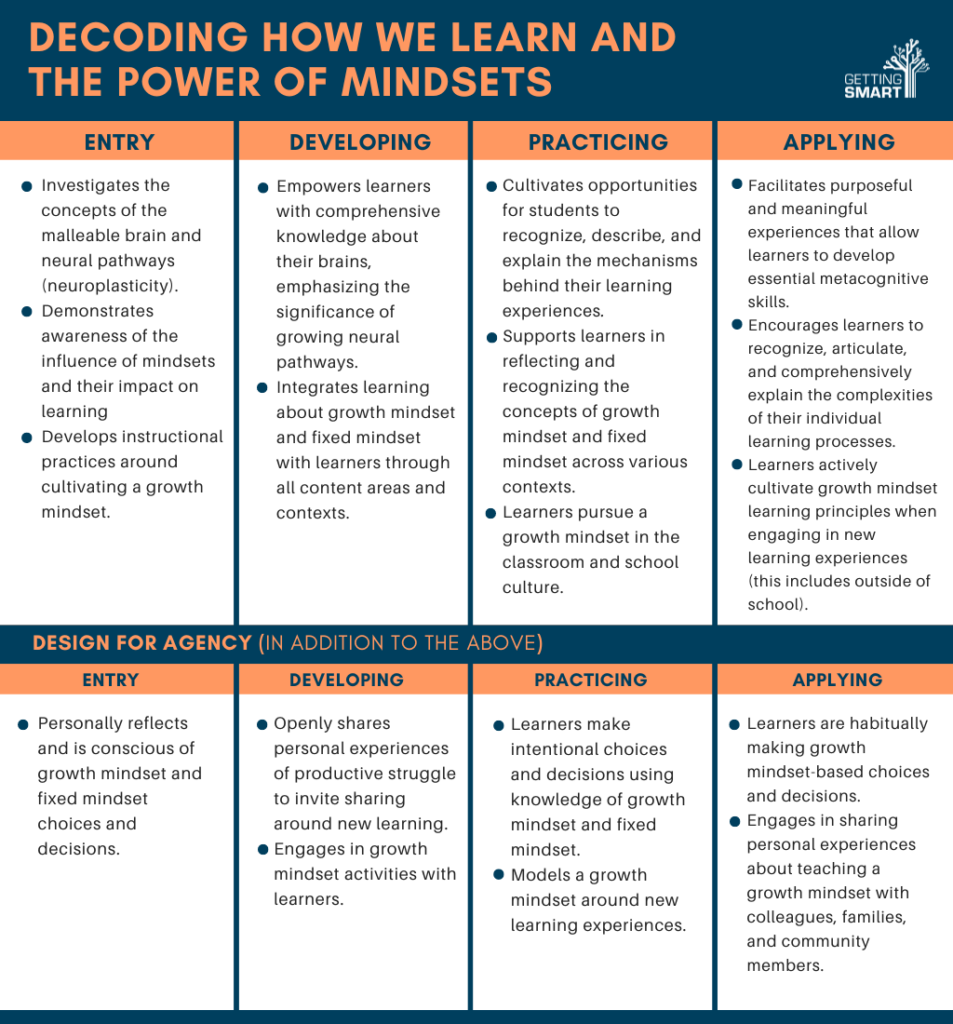
HOW WE LEARN & MINDSETS PRACTICES
- Reflect for Self-Awareness: Promote reflection to gain insights into learners’ feelings about themselves and their learning experiences. By providing opportunities for learners to reflect on moments of success and challenges throughout the day, educators bridge the gap between experiences and understanding of optimal learning methods. This reflective practice encourages metacognition, self-awareness, and a deeper comprehension of individual learning preferences.
- Embrace Learning Science: Explicitly teach the dynamic nature of the brain, emphasizing that it evolves and grows throughout life. Adopt a phased approach to teach learning science, highlighting the concepts around neuroplasticity.
- Supplement Curriculum: Engage learners by sharing and reviewing videos that illuminate the intricate workings of the brain. Consider integrating resources like the MindUP Curriculum, which offers K-8 materials, including videos tailored to specific grade levels (e.g., grades 3-5). Turnaround for Children, now the Center for Whole Child Education at ASU Teachers College, offers resources around brain development (Stress and the Brain) for teachers.
- Empower Parents & Families: Provide valuable resources for families and caregivers to enhance their understanding of brain development. MindsetWorks offers useful tools such as Brainology and Growing Early Mindsets (GEM). The Mindset Continuum chart helps identify mixed mindsets and offers insights into fostering growth.
- Address Misconceptions. Stay abreast of recent articles that challenge common misconceptions about learning cultures. By staying informed and up-to-date on the latest research and insights educators can foster an environment that nurtures understanding and growth.
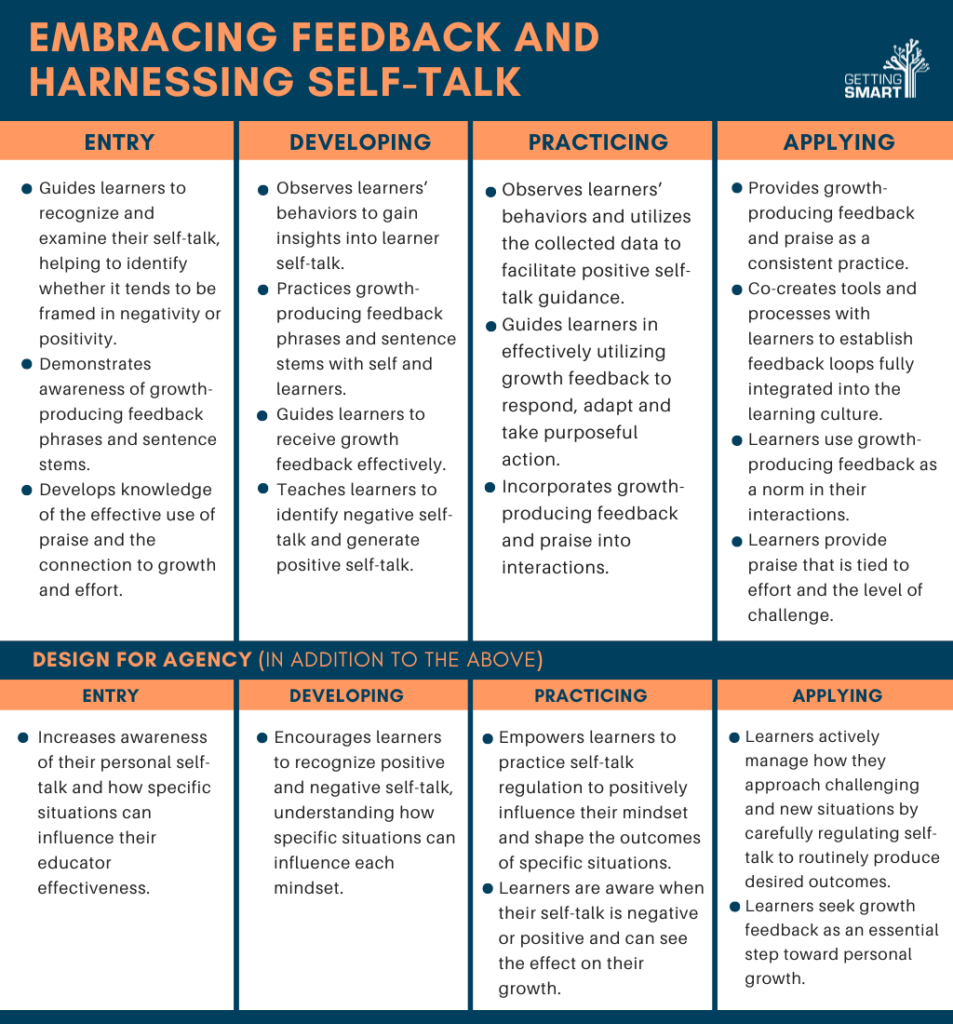
FEEDBACK AND SELF-TALK PRACTICES
- Encourage Feedback: Recognize the significance of feedback as a powerful tool for growth and development. Emphasize the importance of delivering feedback constructively and thoughtfully to provide valuable insights into learners’ progress and areas for improvement.
- Consider adopting a coaching approach when providing feedback, paying attention to tone and quality. Edutopia offers strategies in their article for enhancing the coaching approach.
- Expand or create a feedback toolkit by exploring suggested sentence stems, such as the ones provided by Mindset Works. Review and adapt these phrases to suit your style and practice incorporating them into your feedback repertoire.
- Utilize the School Reform Initiative organization, which shares a protocol chart for identifying warm, cool, and hard perspectives.
- Nurturing Positive Self-Talk: Teach self-talk and self-awareness through modeling. As both a teacher and a learner, share your thoughts with students when receiving feedback, especially if it comes from them after a learning experience.
- Co-generate a class list with learners by collecting examples of nonproductive self-talk and brainstorming alternative approaches. Classmates can then practice this with a trusted partner, or as trust and the culture grows this list can be posted for peers to support one another.
- Develop mindful observations of learners akin to running records rather than quick assumptions. Refer to Kristine Mraz and Christine Hertz Hausman’s book, A Mindset for Learning,” which offers a chart of observable behaviors of learners and the examples of self-talk that may be occurring.
- Engage in “think alouds” is a simple yet powerful technique that allows for exemplary modeling of self-talk practices.
- Digital Promise also provides some positive self-talk resources and strategies on their Literacy 7-12 site.
To genuinely cultivate a growth mindset culture, avoid underestimating learners’ potential and bravely confront the harmful effects of systemic racial inequities in education. This unwavering belief in every student’s capacity to engage with challenging content is at the core of fostering inclusivity and empowerment. By embracing these principles, educators, and parents become powerful agents of change, enabling learners to thrive, succeed, and embrace a lifelong journey of learning and growth.
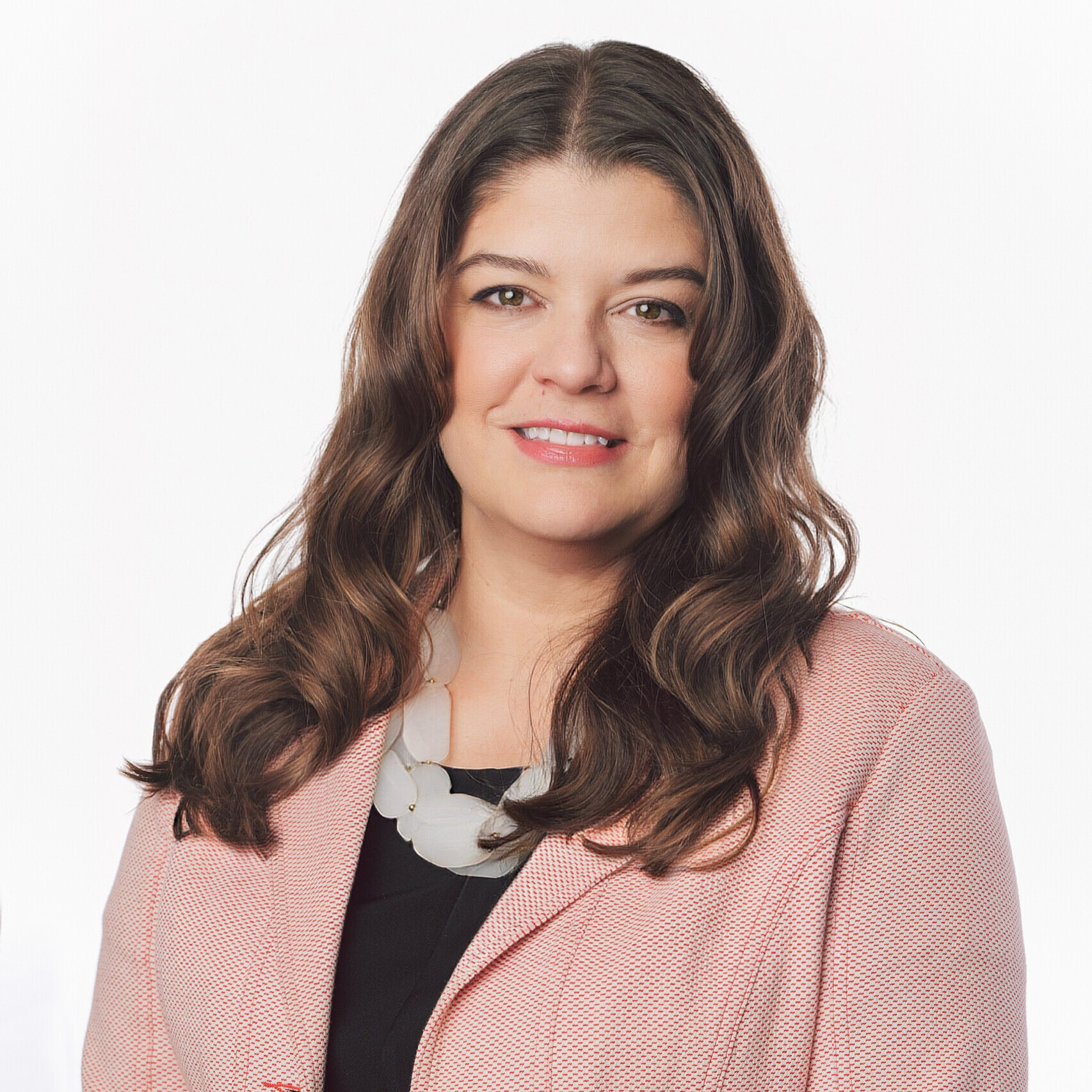



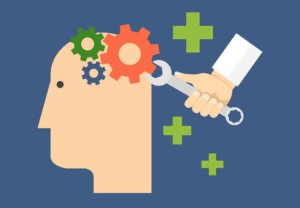
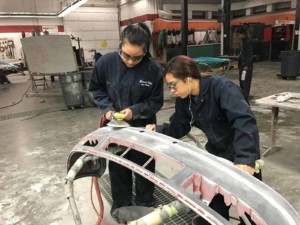

0 Comments
Leave a Comment
Your email address will not be published. All fields are required.